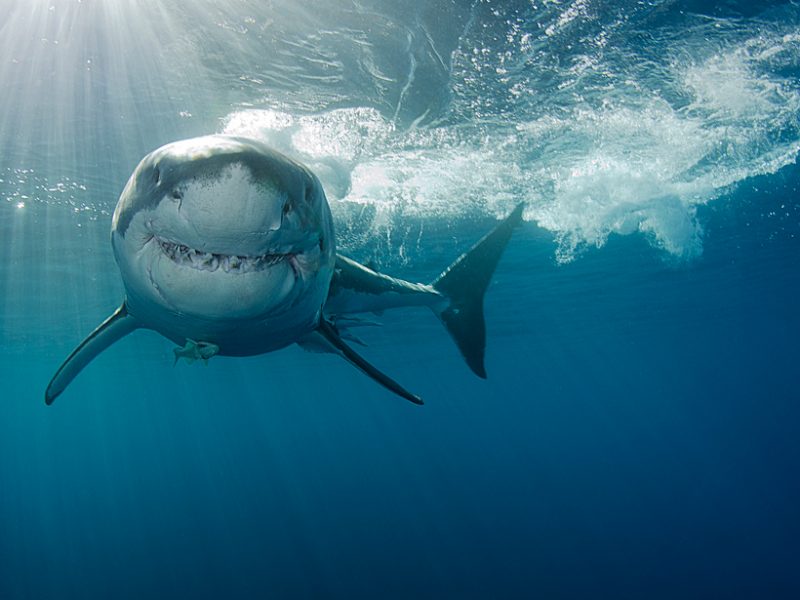I recently watched a very interesting DEF CON 26 talk given by three investigative journalists. The journalists present their findings about fraudulent pseudo-academic conferences and journals. There are fake science factories that are cashing in on millions of dollars every year, while giving studies scientific credibility. We should not underestimate the damage these pseudo-academic conferences can do to society.
Predatory open-access publishing is an open-access academic publishing business model that is charging fees to authors without providing the services associated with legitimate journals. The model is exploitative. Academics are tricked into publishing whithout benefiting from editorial and publishing services.
Similarly, predatory conferences/meetings, despite being set up to appear as legitimate scientific conferences, do not provide proper editorial control. These conferences also claim involvement of prominent academics, which are not involved.
The characteristics associated with predatory open-access publishing include:
- Accepting articles quickly with little or no peer review or quality control, including hoax and nonsensical papers.
- Notifying academics of article fees only after papers are accepted.
- Aggressively campaigning for academics to submit articles or serve on editorial boards.
- Listing academics as members of editorial boards without their permission, and not allowing academics to resign from editorial boards.
- Appointing fake academics to editorial boards.
- Mimicking the name or web site style of more established journals.
- Making misleading claims about the publishing operation, such as a false location.
- Using ISSNs improperly.
- Citing fake or non-existent impact factors.
Characteristics of predatory conferences/meetings include:
- Rapid acceptance of submissions with poor quality control and little or no true peer review.
- Acceptance of submissions consisting of nonsense and/or hoaxed content.
- Notification of high attendance fees and charges only after acceptance.
- Claiming involvement of academics in conference organizing committees without their agreement, and not allowing them to resign.
- Mimicry of the names or website styles of more established conferences, including holding a similarly named conference in the same city.
- Promoting meetings with unrelated images lifted from the Internet.
You might ask, why mention this on a space blog? Well, this affects the scientific community overall, and there are quite a few aerospace pseudo-academic conferences out there that employ these practices. Heads up!
The above-mentioned DEF CON talk is available on YouTube and I encourage you to take the time to watch it: DEF CON 26 – Svea, Suggy, Till – Inside the Fake Science Factory.
References and other useful links:
Predatory open-access publishing
Predatory conference
Beall’s List










 Subscribe to blog posts using RSS
Subscribe to blog posts using RSS










